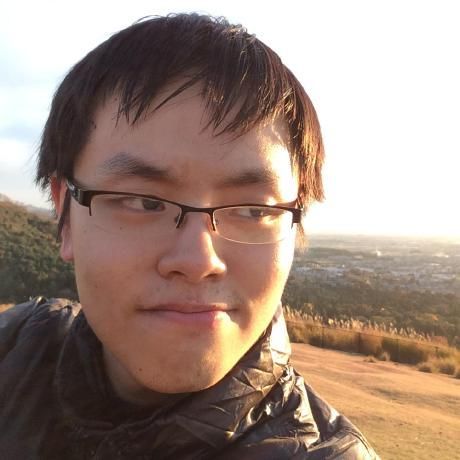How AI/ChatGPT Dreams in 2022
Dec 06, 2022

Builds UI test automation infrastructure, tools, and very random web app development - sometimes with GPU's

Builds UI test automation infrastructure, tools, and very random web app development - sometimes with GPU's